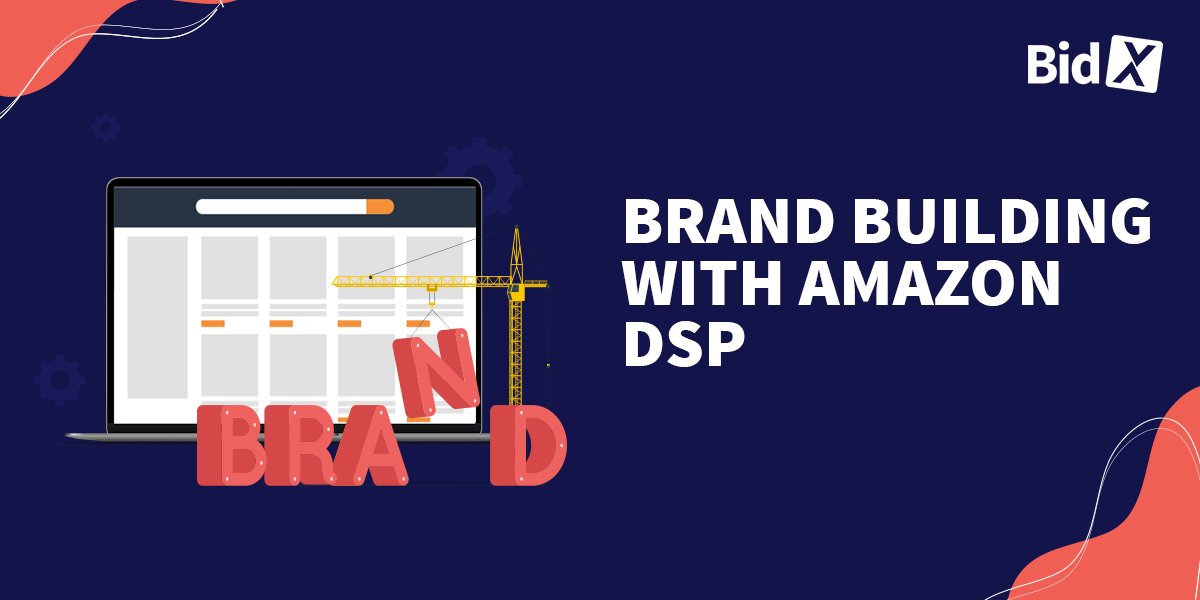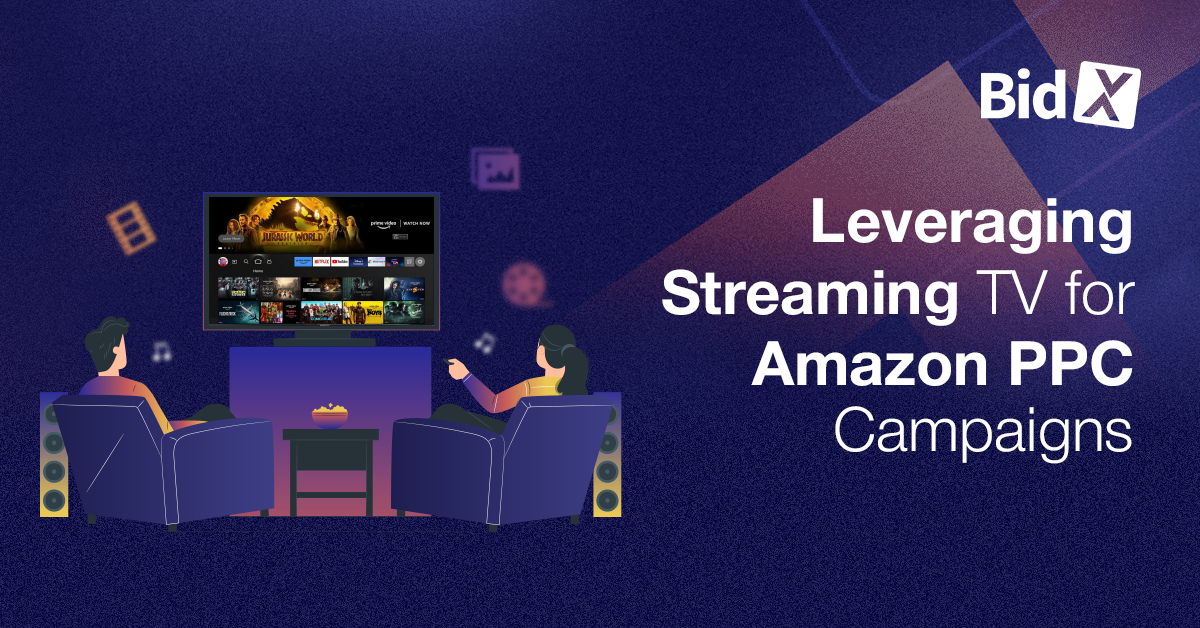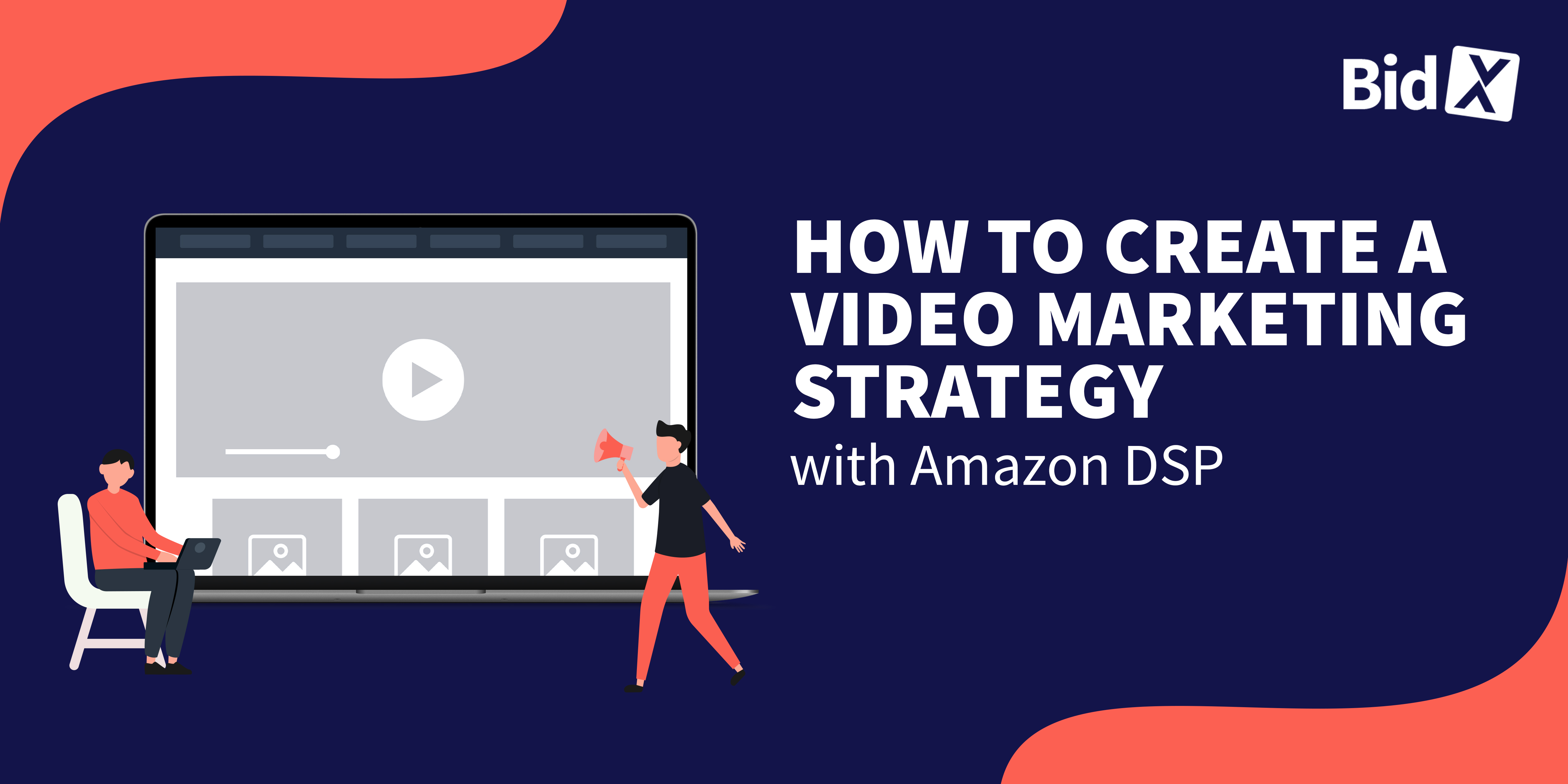Leveraging Amazon DSP for Successful Brand Building
Amazon sees more than two billion users per month, making it the most visited e-commerce platform in the world. Gaining access to this huge user base is a tremendous opportunity for any company or advertiser, even if they don't sell products directly on the platform.
One of the best ways for both endemic and non-endemic advertisers to access this audience is by utilizing Amazon's Demand-Side Platform (DSP). DSP enables advertisers to target potential customers across Amazon’s proprietary network, including Amazon.com, Fire TV, IMDb, and more. Leveraging this tool can help you—the seller or advertiser—establish a strong brand presence, build loyalty among your customers, and remain top-of-mind when they're ready to make a purchase.
In this article, we'll provide among other things an overview of Amazon DSP, the various targeting options available, and best practices for designing ads that maximize the impact of your brand-building efforts.
Importance of Brand Building on Amazon
Understanding consumer behavior at any stage of the customer journey has become increasingly reliant on branding. In a recent survey, 83% of customers reported shopping from brands they trusted, with 90% willing to pay more for the product if it was sold by a brand they liked. That's why brands like Apple, Nike, and Sony have managed to remain popular for decades. They've been able to build a strong, positive reputation and trust among consumers.
More importantly, fifty percent of shoppers begin their search for products on Amazon before looking elsewhere. This is why staying top-of-mind when consumers are ready to check out is so critical. To do this, you'll need to ensure that your brand stands out from the competition, is associated with quality products and services, and drives word-of-mouth recommendations.
Overview of Amazon DSP and its Role in Brand Advertising
Amazon DSP is a programmatic advertising platform, meaning it automates the buying, placement, and optimization of digital ads through real-time bidding, using data and algorithms to determine the best ad placements and audiences.
When used for brand advertising, Amazon DSP can help you reach the right audience with the right message at the right time. The platform’s robust targeting capabilities work on a granular level, enabling you to target specific audiences by setting rules based on data such as demographics, interests, geographic location, device type, etc.
Additionally, Amazon DSP’s reporting and analytics features allow you to measure the effectiveness of your campaigns, so you can make data-driven decisions about ad placement and targeting. This helps ensure that your ads are seen by customers who are most likely to become brand loyalists.
Advantages of Amazon DSP for Brand Building
Amazon DSP offers several advantages for brand advertisers. Here are some key benefits:
- Leverage Amazon's first-party insights: Amazon DSP grants advertisers access to Amazon's wealth of data on customer behavior, which can be used to create more effective campaigns and target ads to the right audiences.
- Increased brand reach via Amazon's unique supply: Because ads are placed on Amazon's owned and operated properties, including popular websites like IMDB and Zappos, as well as proprietary devices and services such as Fire TV and Prime Video, advertisers can target millions of users outside of Amazon.com.
- Ideal targeted placement: Amazon DSP ensures high-quality standards and brand safety with real-time monitoring of bids, site reviews, traffic quality, and viewability using both internal and external solutions. As a result, brands are less likely to have their ads placed in undesirable or irrelevant environments.
- Improved optimization and goal-planning: The Demand-Side Platform is capable of analyzing each impression against a specific goal set by the advertiser, using 500k predictors based on Amazon customer shopping data. This helps advertisers get the most out of their campaigns and optimize their investments.
Targeting Options
Amazon DSP offers robust targeting options and granular capabilities for building brand awareness, engaging new customers, and converting them into brand loyalists. Below are some of the targeting options available.
- Behavioral: Target customers based on their recent online behavior, such as browsing history and purchase patterns (e.g. targeting users who have already purchased from a specific category or product).
- Lookalike Audiences: Reach new customers who have similar characteristics to your existing customer base (e.g. targeting users in a certain demographic who have similar interests and search behaviors).
- Contextual: Ads are placed on sites and within content that is relevant to the product or service being advertised (e.g. placing an ad for a kitchen appliance on recipe and cooking sites).
- Retargeting: Present ads to customers who have already interacted with your site or product (e.g. a customer who visits your store will see an ad for your product when they navigate to a different site).
- Lifestyle: Target customers based on their interests, hobbies, or lifestyle (e.g. targeting wireless earbuds at customers who buy other running gear).
- Demographic: Target customers based on demographic characteristics such as age, income, or location (e.g. targeting VR gamers in the 18-24 age group).
- Device: Target customers based on the type of device they are using (e.g. Android or Apple, desktop, or niche devices like Fire TV).
- Advertiser: Target customers who have interacted with other advertisers' products or services (e.g. targeting users who have purchased from a competitor).
As a reminder, non-endemic advertisers, meaning those who don't sell products directly on Amazon, can also benefit from the above-mentioned targeting options, including Lookalike Audiences, Contextual, and Behavioral Targeting.
Best Practices for Effective Ad Design and Brand Building
Effective Amazon DSP ads have memorable headlines, high-quality visuals, persuasive ad copy, and clear CTAs. Here are some best practices for creating them:
- Write your brand story: What was it that drove you to create your product? Why should customers choose it over another brand? While you won't advertise a lengthy brand story in your ad, you should focus on at least one key message that resonates with your target audience.
- Ensure your logo is well-designed: 60% of surveyed customers avoided a brand with a logo they found unattractive, odd-looking, or confusing, so it's important to have an eye-catching logo that customers can easily identify with your brand and product.
- Include high-quality visuals: First impressions matter, so make sure your visuals are of the highest quality and accurately reflect your product or service.
- Be concise: Keep your ad copy short and to the point, focusing on benefits and not just features. Highlight any unique selling points that set your brand apart from others. If this isn't your strongest suit, consider hiring a copywriter to help craft the ad.
- Use an appropriate CTA: Be sure to include a call-to-action that encourages customers to take the next step and learn more about your product or service (e.g. "Learn More," "Shop Now," etc.).
- Track and test results: As with any advertising campaign, it's important to monitor the performance of your ads and adjust them accordingly. Use the analytics provided by Amazon DSP to make data-driven decisions about ad placement and targeting, and consider A/B testing different versions of your ads to see which performs better.
Finally, you'll want to take fonts, colors, and other design elements into consideration when creating ads for Amazon DSP. Creating a brand kit can help ensure that all of your ads have a consistent look and feel, which can help create greater brand awareness and recognition.
Measuring Your Success
You'll need to track key performance indicators (KPIs) such as impressions, clicks, cost per thousand impressions (CPM), engagement rate (ER), website visits, conversions, etc. to measure the effectiveness of your ad campaigns.
Amazon DSP provides campaign reports that contain industry-standard metrics like detail page view rate (DPVR), add-to-list (ATL) counts, new-to-brand (NTB) metrics, as well as reach, frequency, and viewability statistics.
In addition, non-endemic advertisers can track these metrics by placing snippets of code in the website's headers and footers, known as "tracking pixels." These pixels are triggered when a potential customer visits the site and performs a certain action (e.g. clicks a link, adds an item to the cart, etc.). The data is then sent to Amazon DSP to track the effectiveness of the ad.
Last Word
Any advertiser who wants to build brand awareness and create a strong online presence should consider leveraging Amazon's powerful Demand-Side Platform.
For those selling outside of Amazon, the platform's treasure trove of customer data and robust targeting options make it an ideal solution for reaching customers who may not know your brand yet.
To stand out from the competition and ensure that your advertising dollars are well spent, it pays to work with an Amazon DSP partner like BidX. Our team of experts can help you craft effective ad campaigns that deliver results, while also providing guidance and advice on best practices and optimization strategies.
Ready to get started? Contact us today and learn how Amazon DSP can take your brand-building efforts to the next level!







